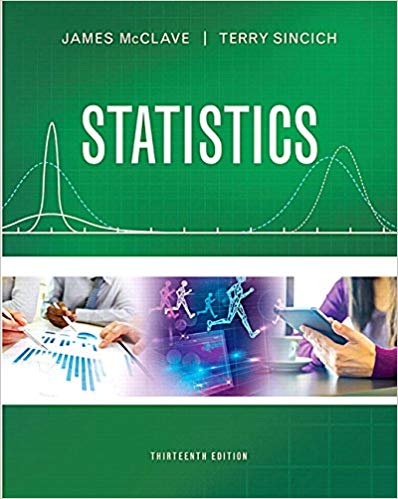A study administered a test of depression on a scale from 0 to 10 (10 being maximum symptoms of depression and 0 being no



A study administered a test of depression on a scale from 0 to 10 (10 being maximum symptoms of depression and 0 being no symptoms of depression) to 50 female and 50 male study participants, asking each whether they were currently unemployed. The researchers are interested in the effect of unemployment on depression. The output of a linear regression is as follows: Call: Lm(formula score sex employment, data = df) Residuals: Mini 10 Median -2.07143 -0.26667 -0.07143 3Q 0.73333 Max 2.81818 Coefficients: Estimate Std. Error t value Pr(>It!) (Intercept) 6.0000 sexMale -0.8182 employment Unemployed 0.2271 26.424 < Ze-16 *** 0.3137 -2.608 0.01057 0.2667 0.2931 0.910 0.36527 0.4119 -3.343 0.00118 ** sexMale: employmentUnemployed -1.3771 Signif. codes: 0 0.001 0.01 0.05 0.1 1 Residual standard error: 1.015 on 96 degrees of freedom Multiple R-squared: 0.4471, Adjusted R-squared: 0.4298 F-statistic: 25.87 on 3 and 96 DF, p-value: 2.372e-12 Assume that the exchangeability assumption holds. A. (2 points) What does the regression tell you about the conditional effect of unemployment on depression score in male subjects?Be precise and quantitative in your description, keeping in mind that the exchangeability assumption allows causal inference. B. (2 points) What does the regression tell you about the conditional effect of unemployment on depression score in females subjects?Be precise and quantitative in your description. C. (1 point) In a population that is 75% males, what would be the estimated average effect of unemployment on depression score? D. (1 point) In a population that is 25% males, what would be the estimated average effect of unemployment on depression score? 2. (4 points) Look at the regression output from question 1 again, but now assume that exchangeability does *not* hold. A. (2 point) What does the regression tell you about the association between unemployment and depression score in male subjects? Be precise and quantitative in your description, keeping in mind that you can no longer make causal inference. B. (1 point) What does the regression tell you about the association between unemployment and depression score in female subjects? Be precise and quantitative in your description. C. (1 point) What is the interpretation of the coefficient of the interaction between unemployment and sex?
Step by Step Solution
There are 3 Steps involved in it
Step: 1
Lets break down the questions one by one A What does the regression tell you about the conditional effect of unemployment on depression score in male subjects The coefficient for the interaction term ...
See step-by-step solutions with expert insights and AI powered tools for academic success
Step: 2

Step: 3

Ace Your Homework with AI
Get the answers you need in no time with our AI-driven, step-by-step assistance
Get Started


